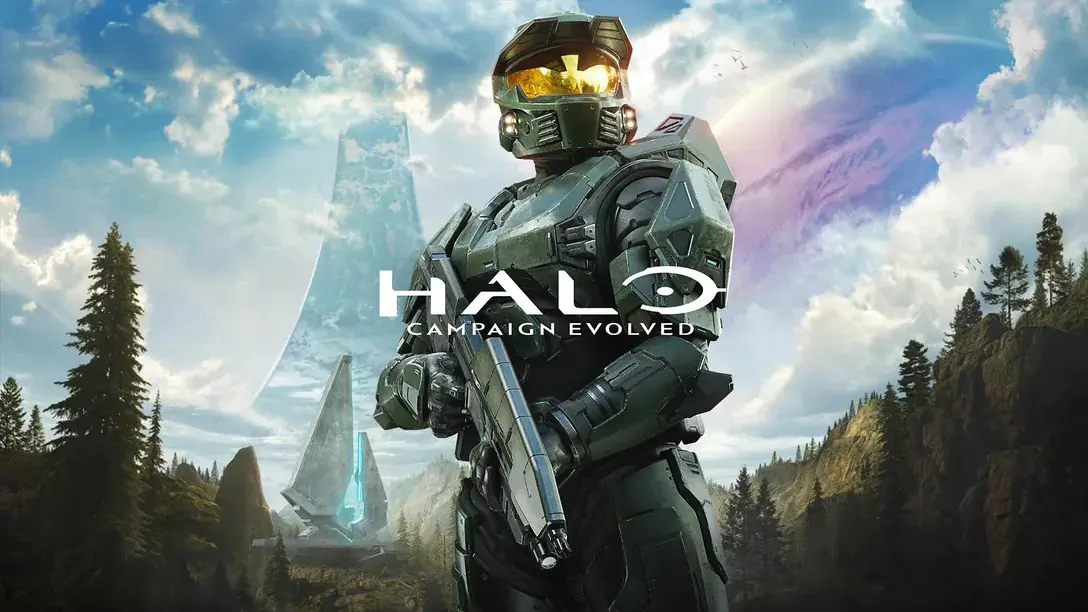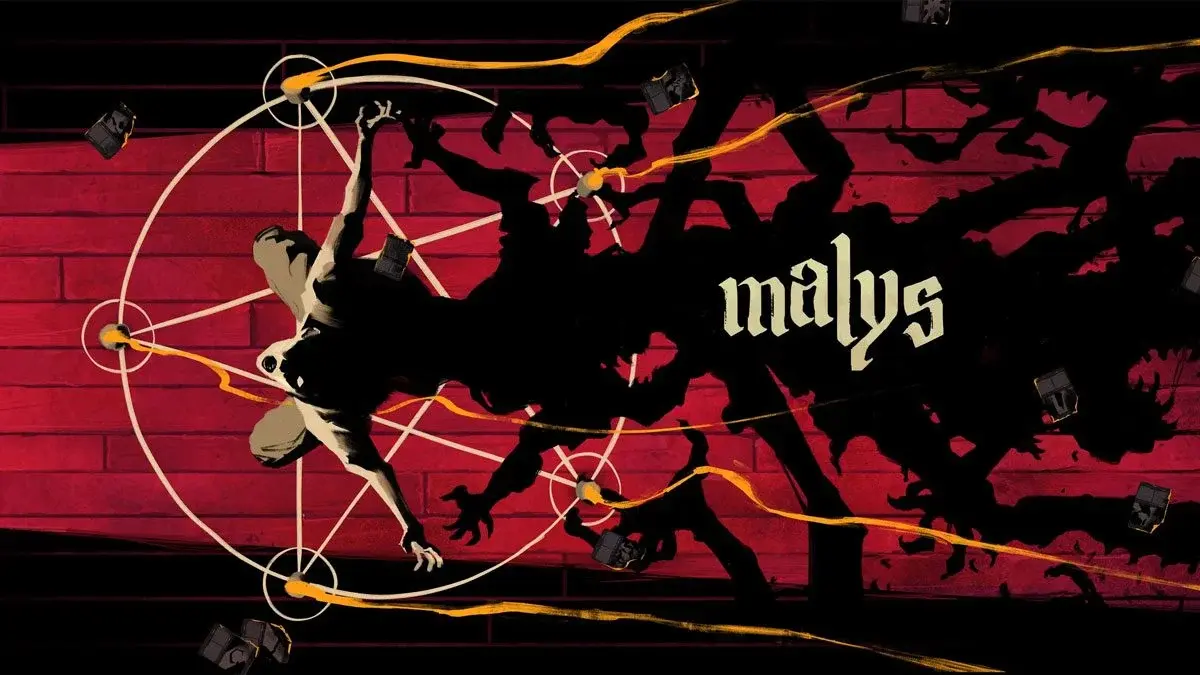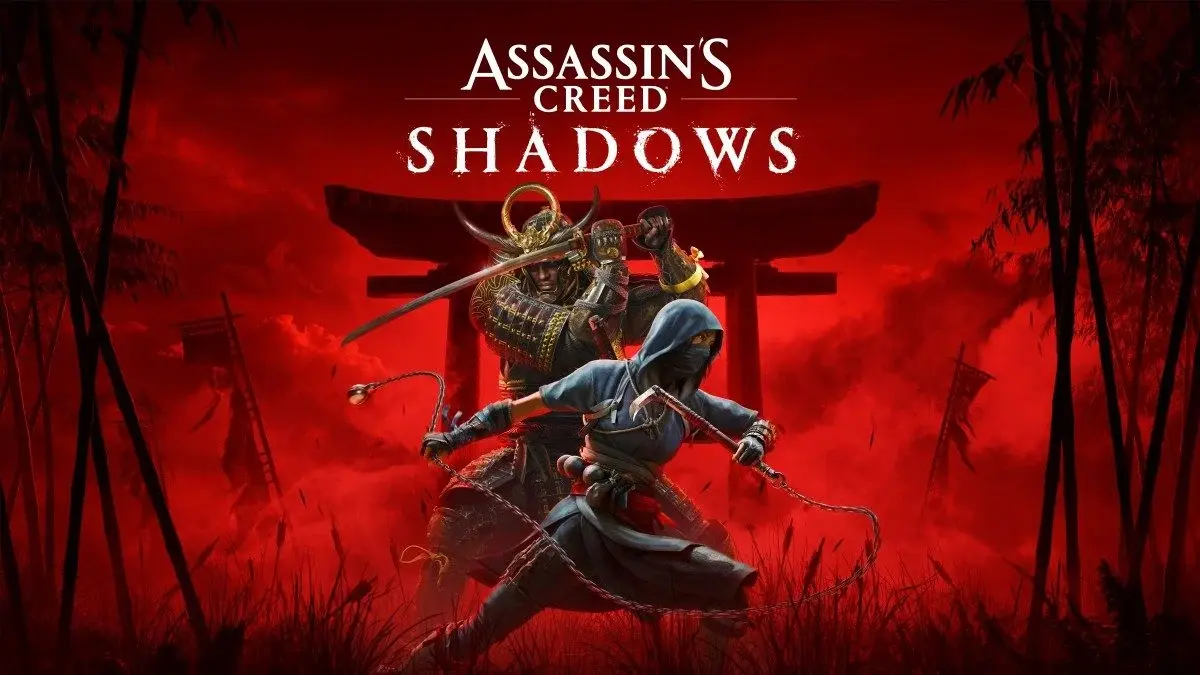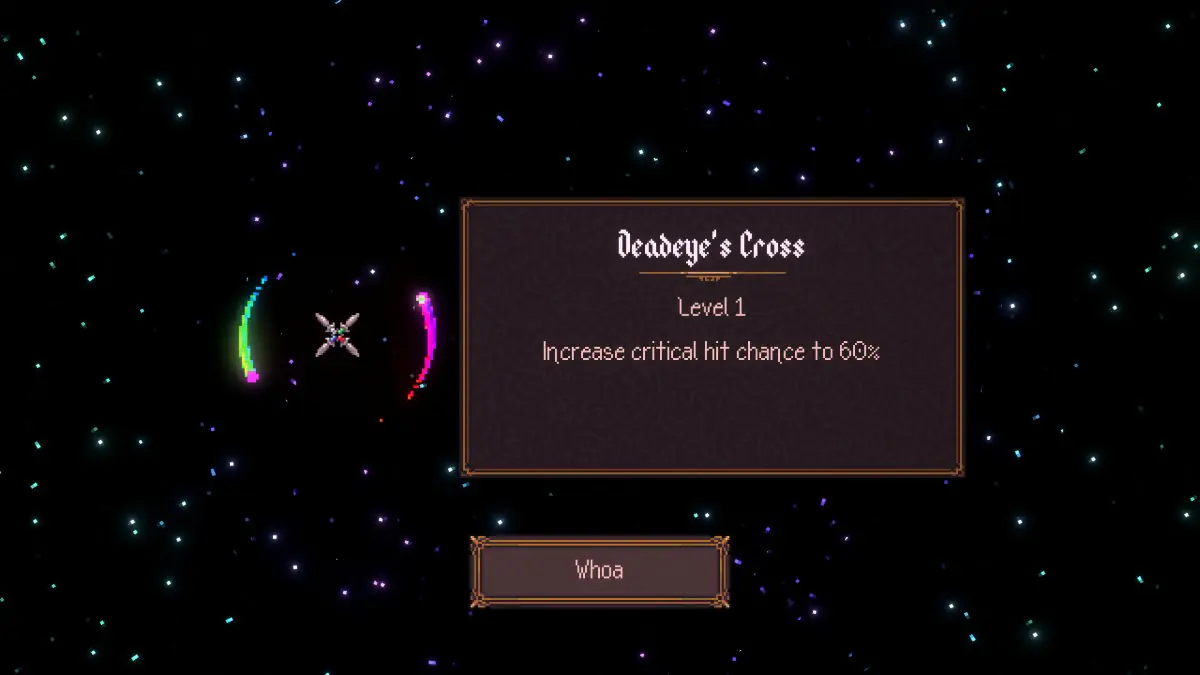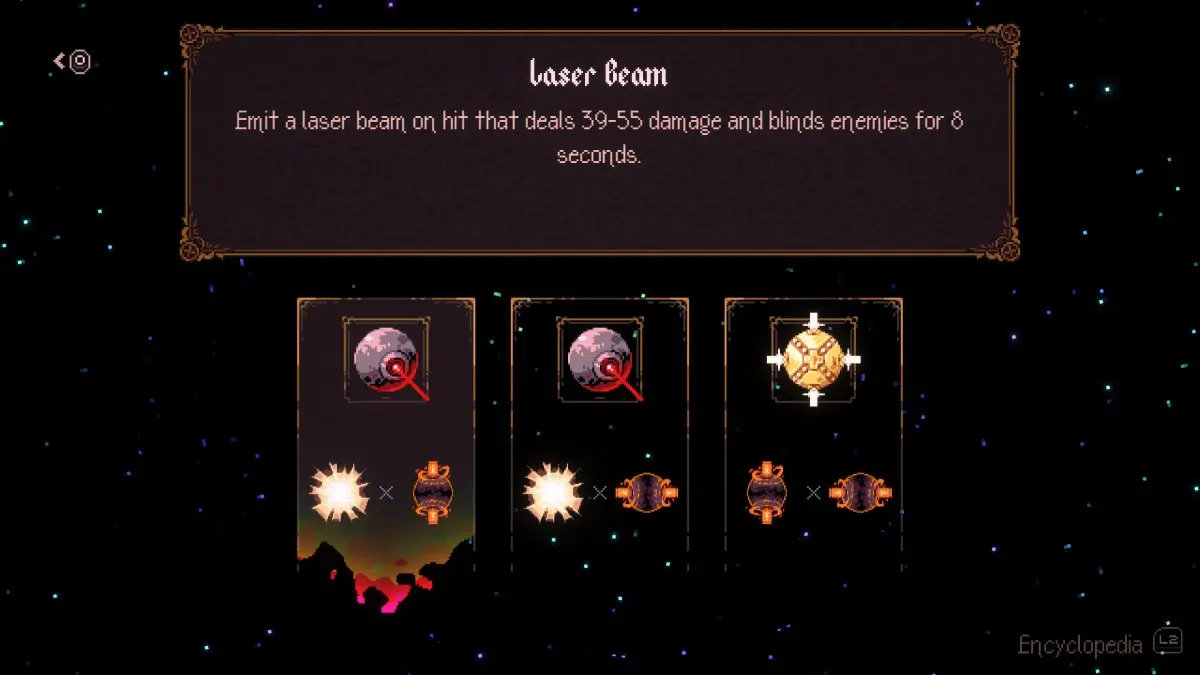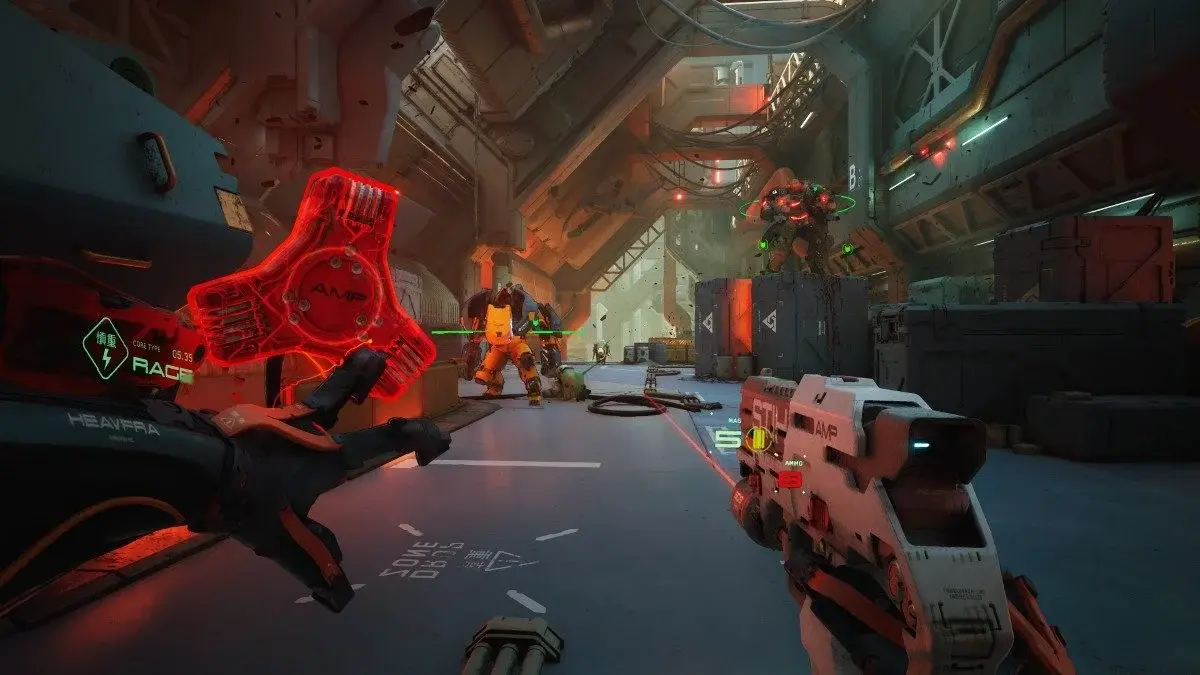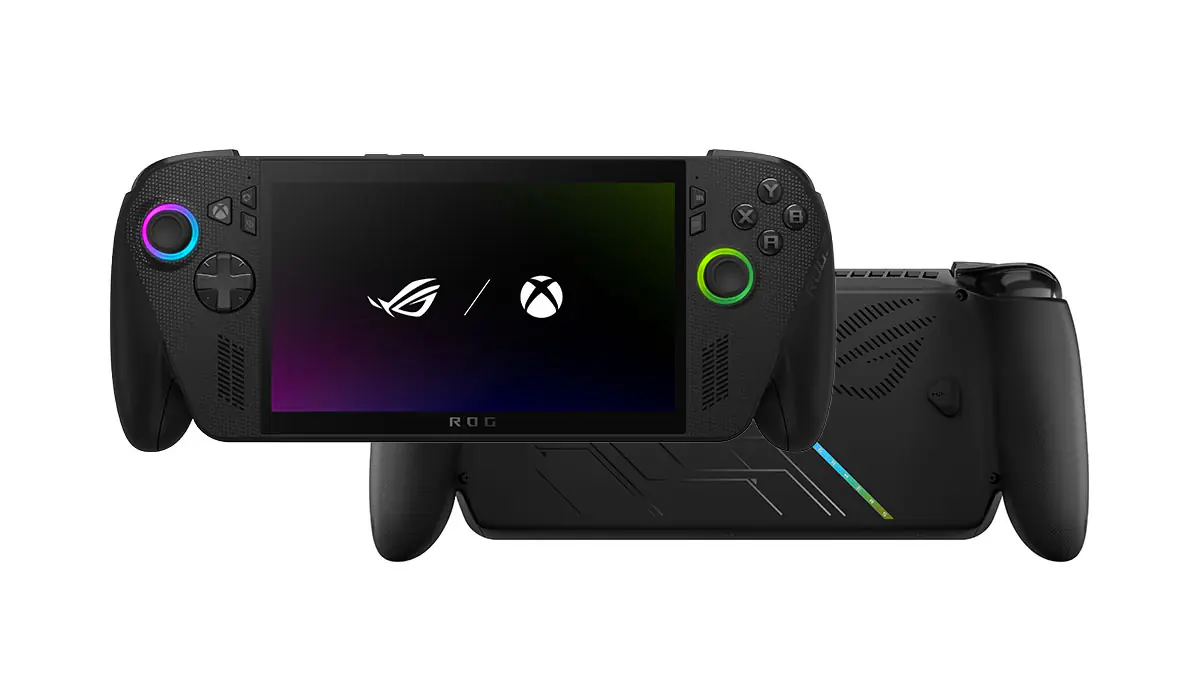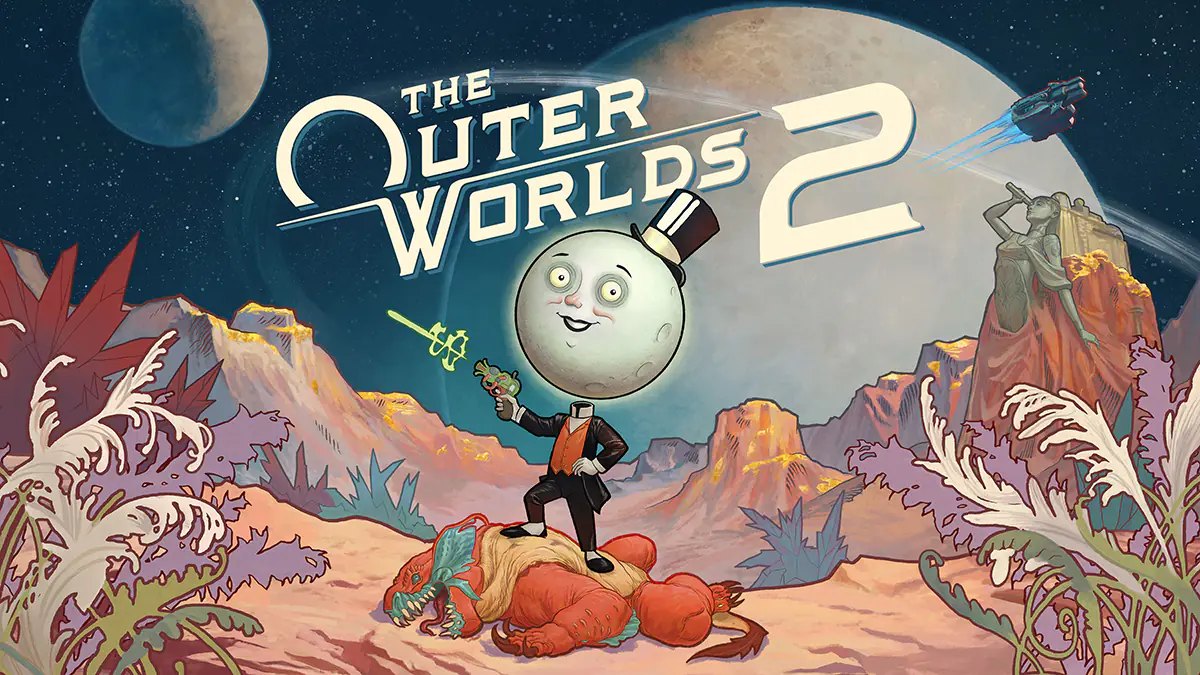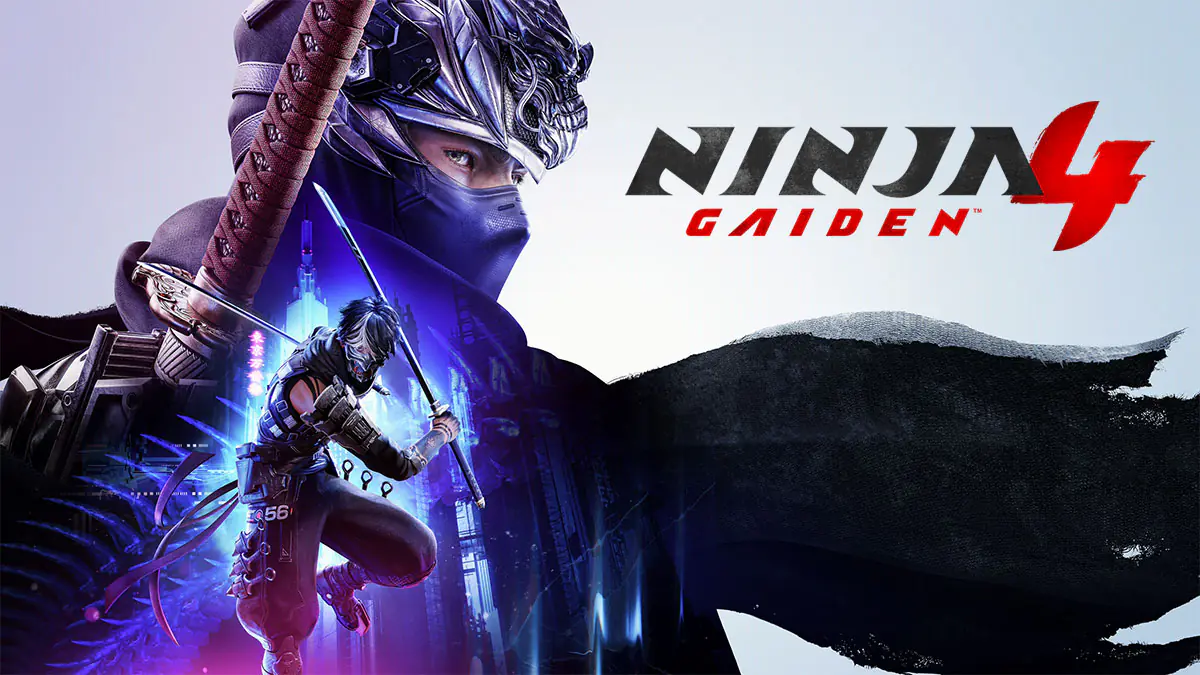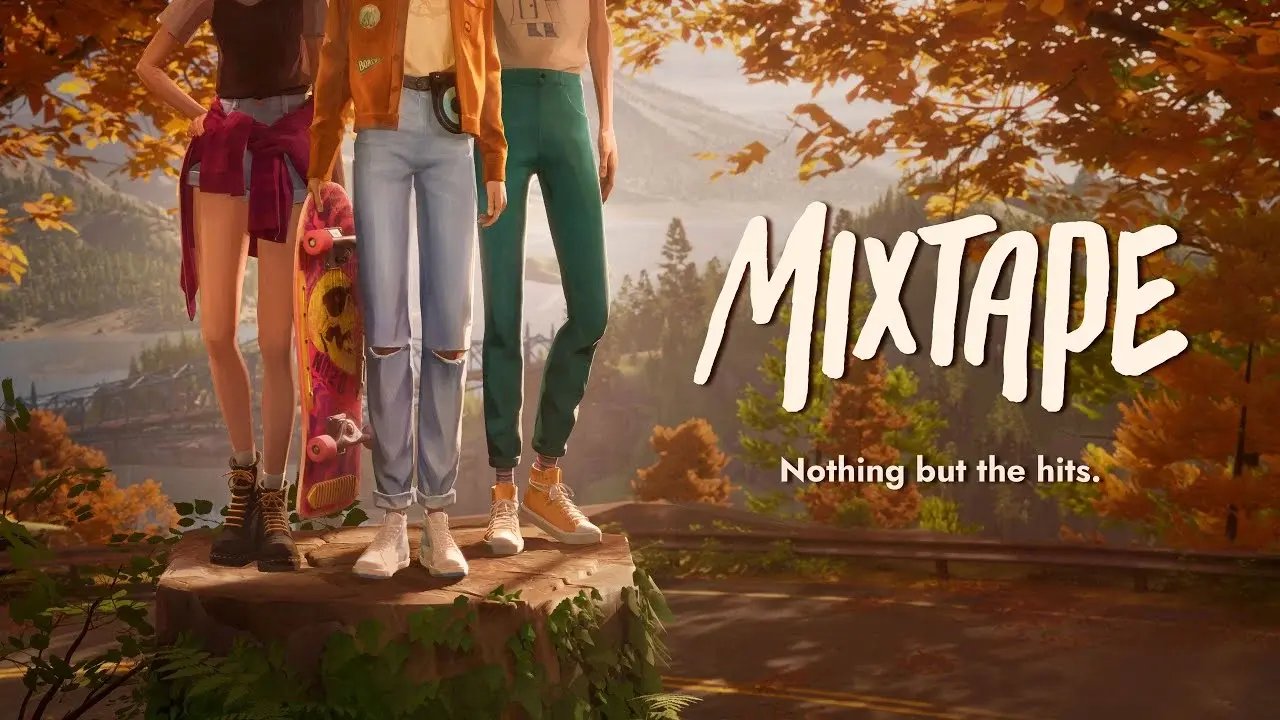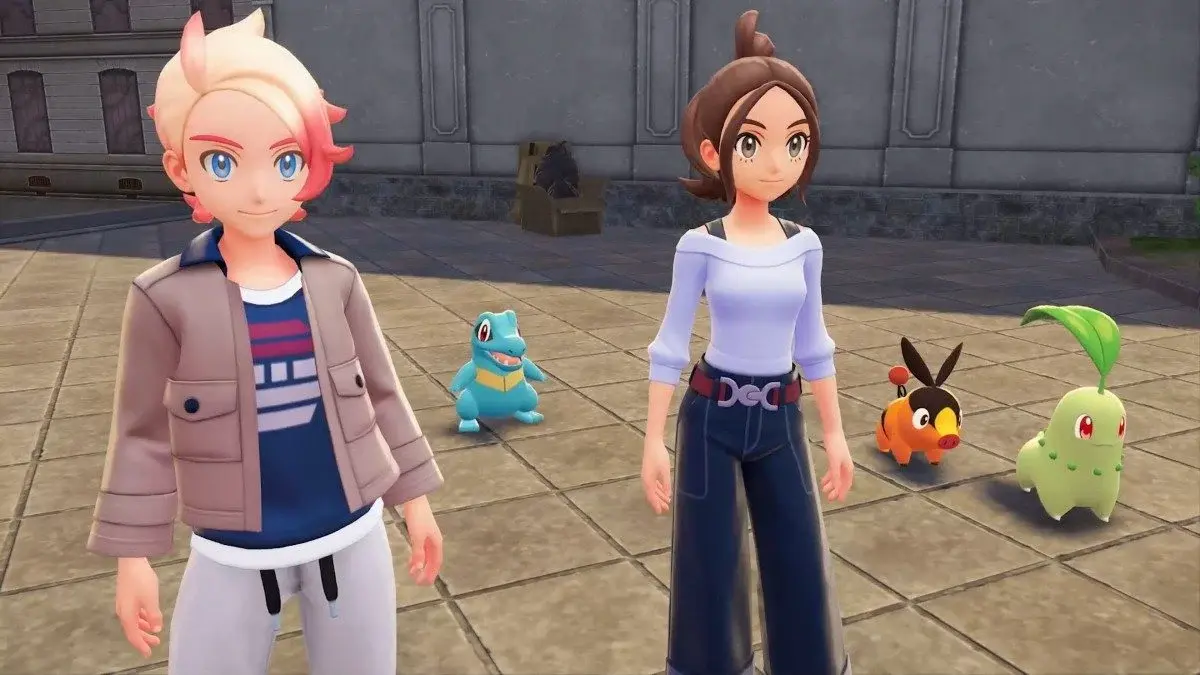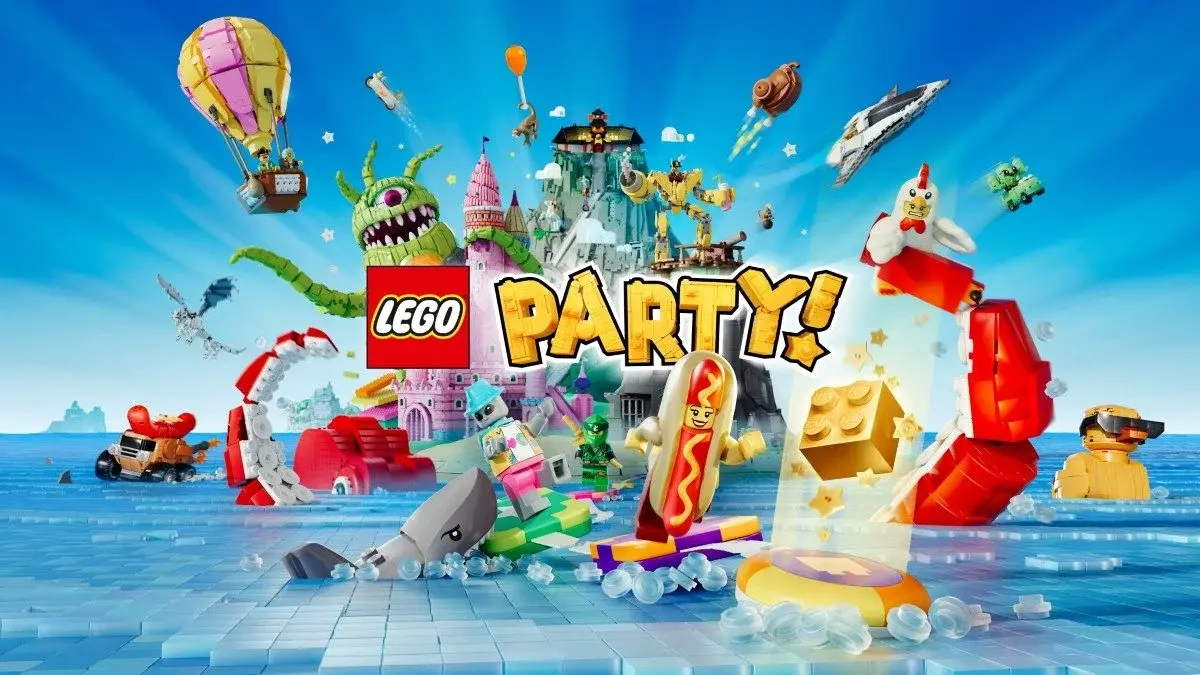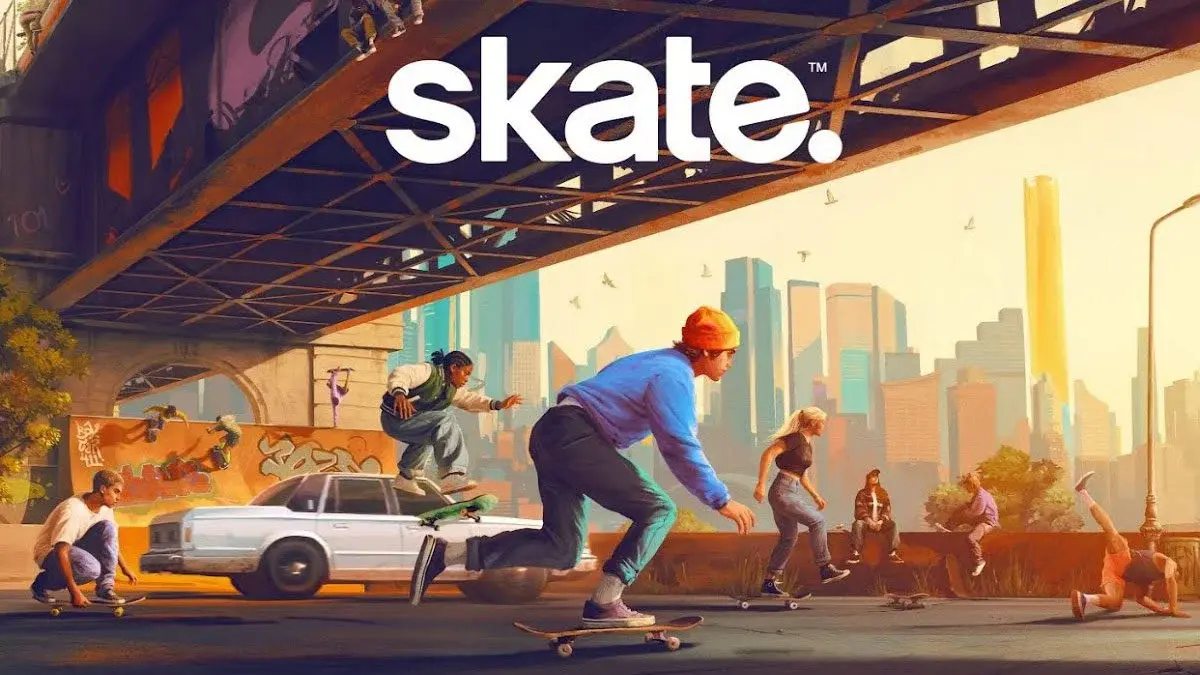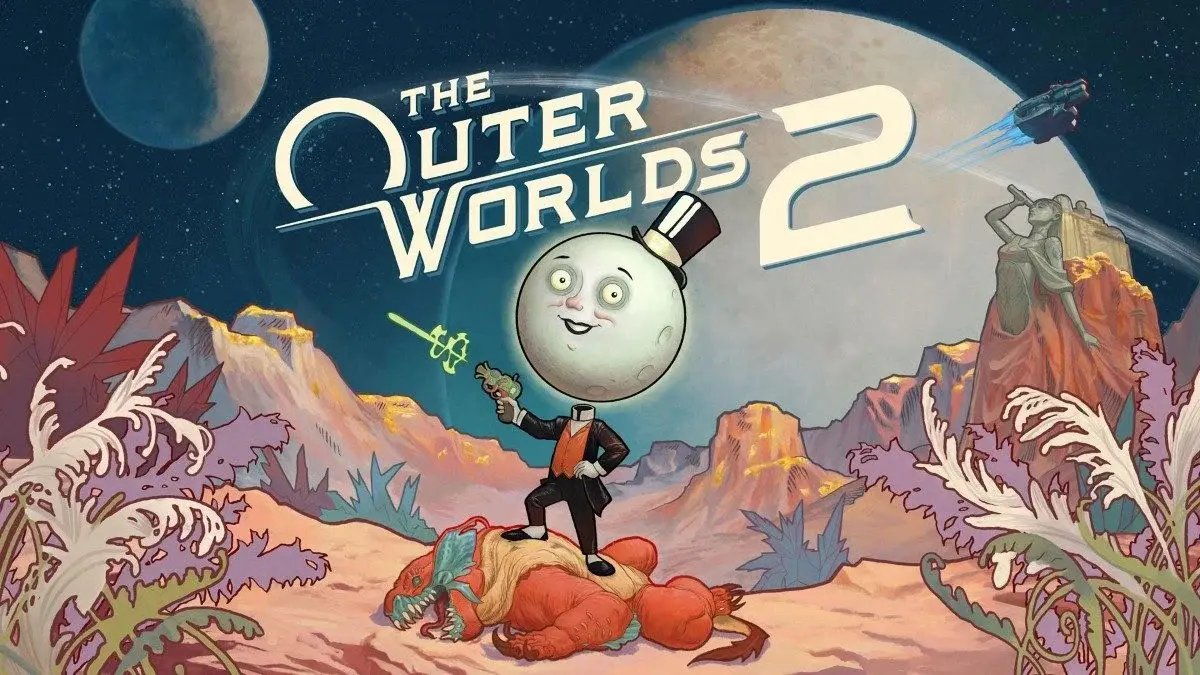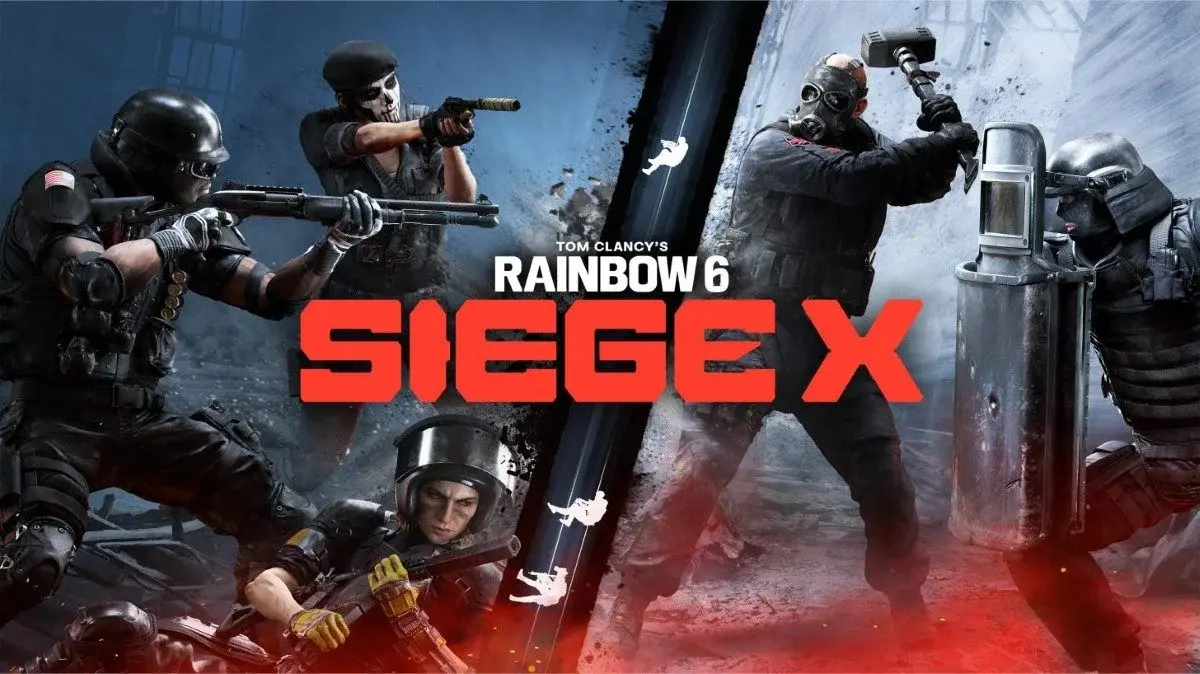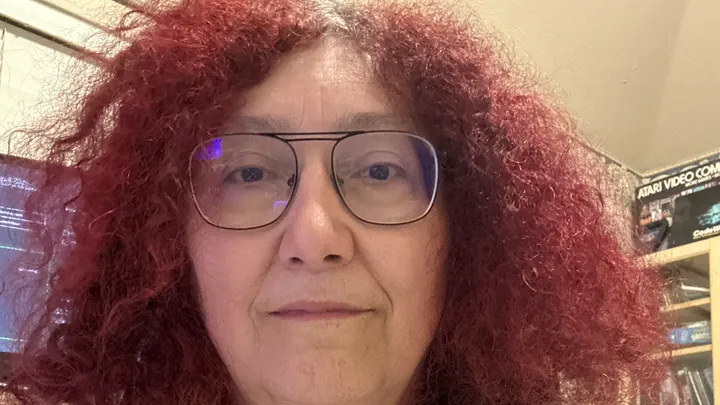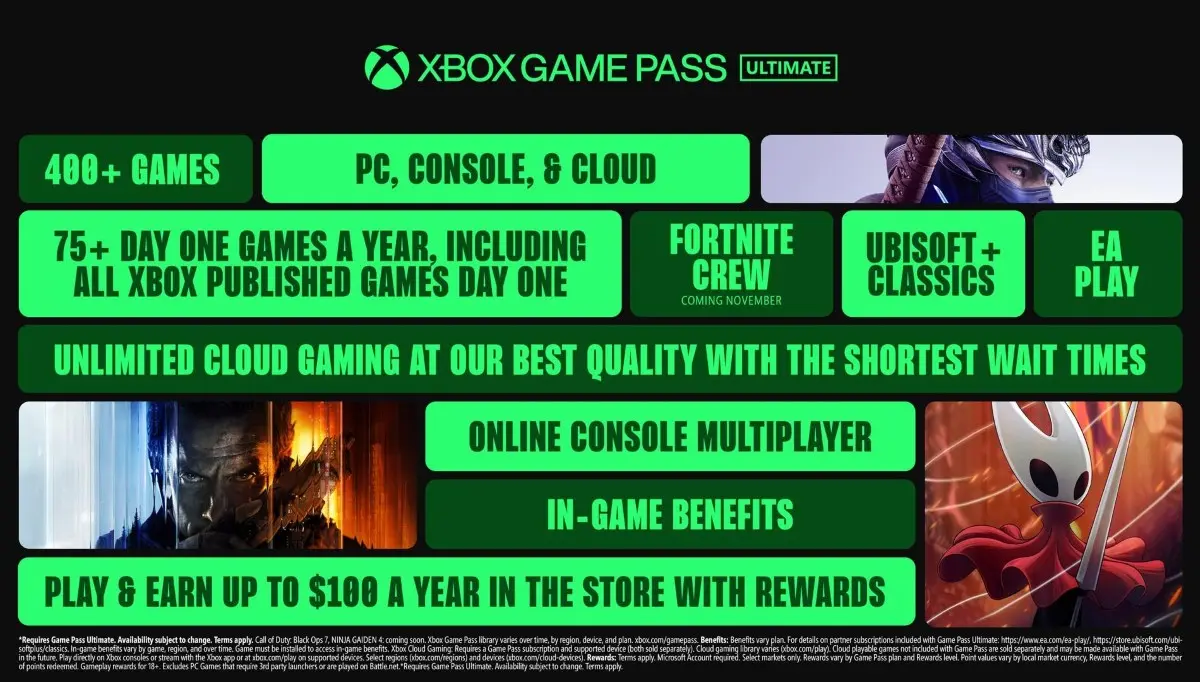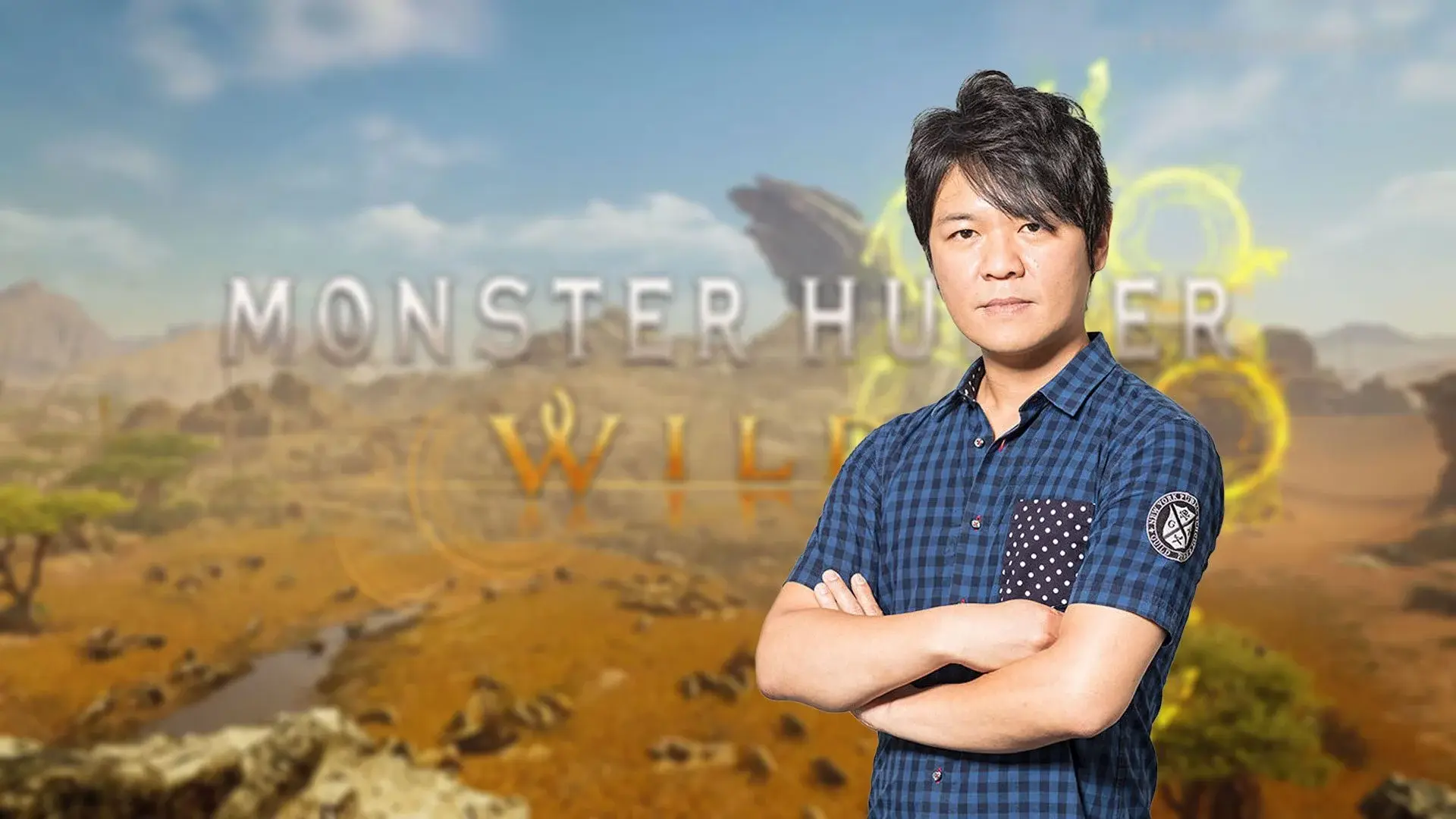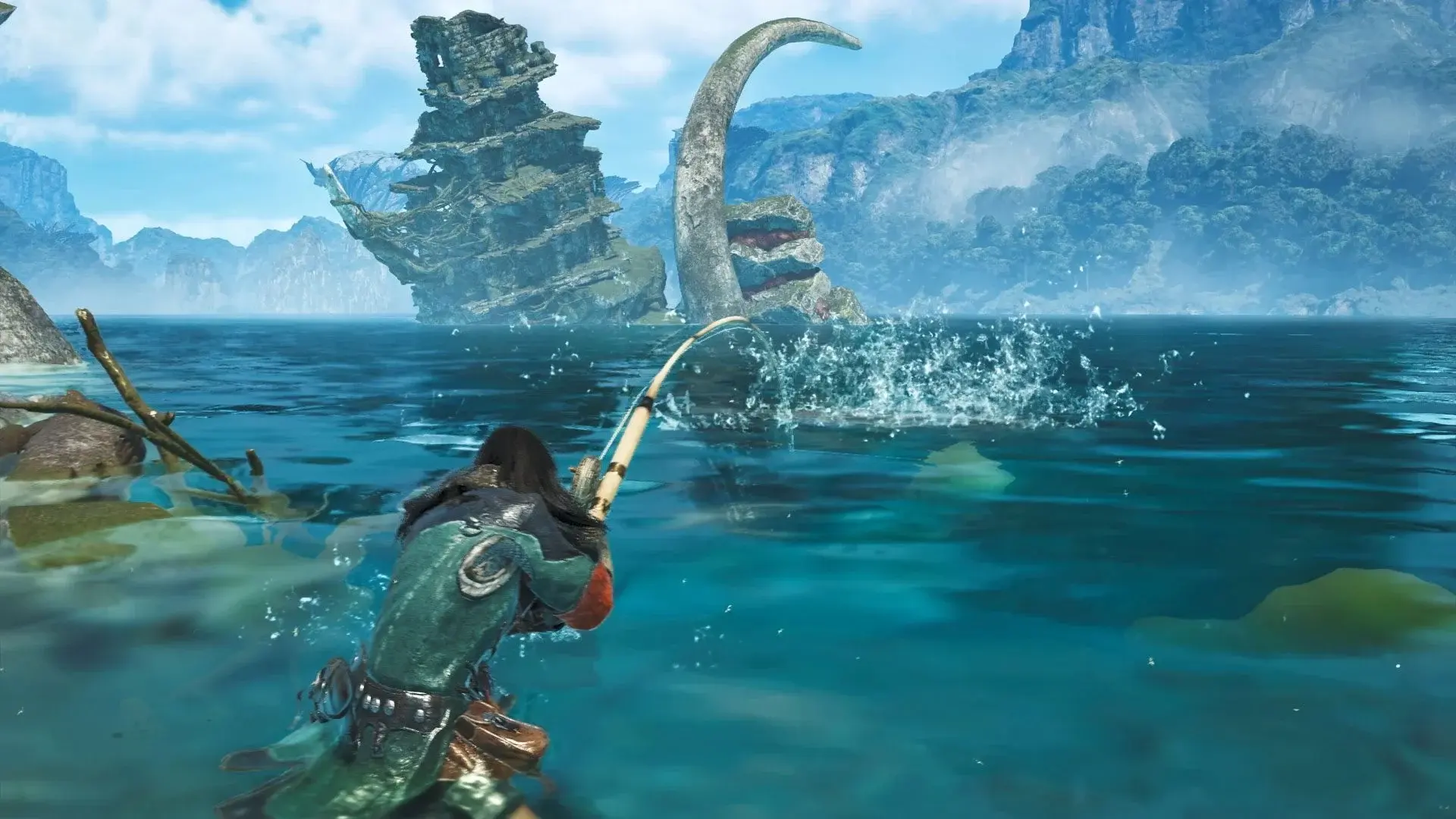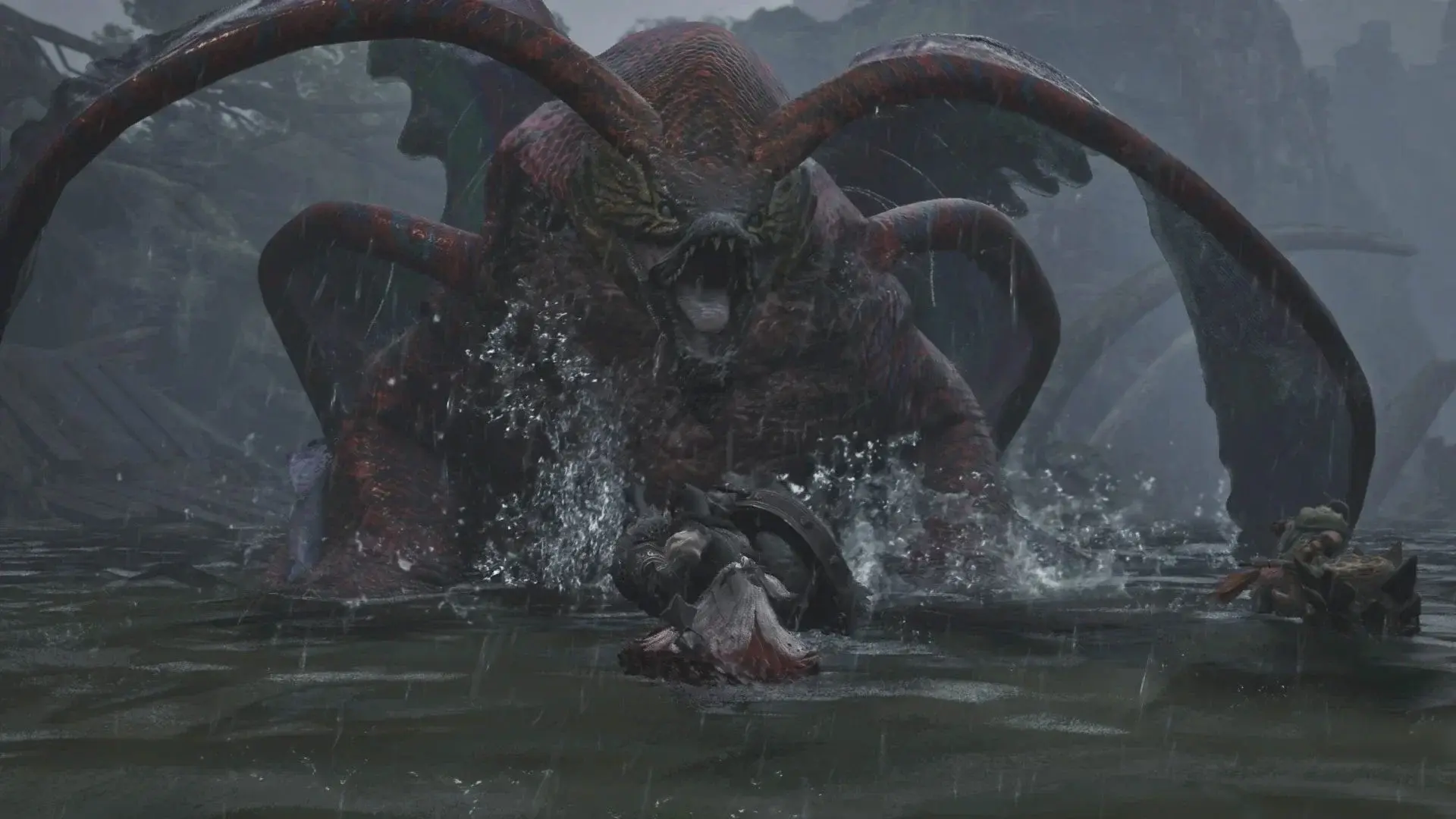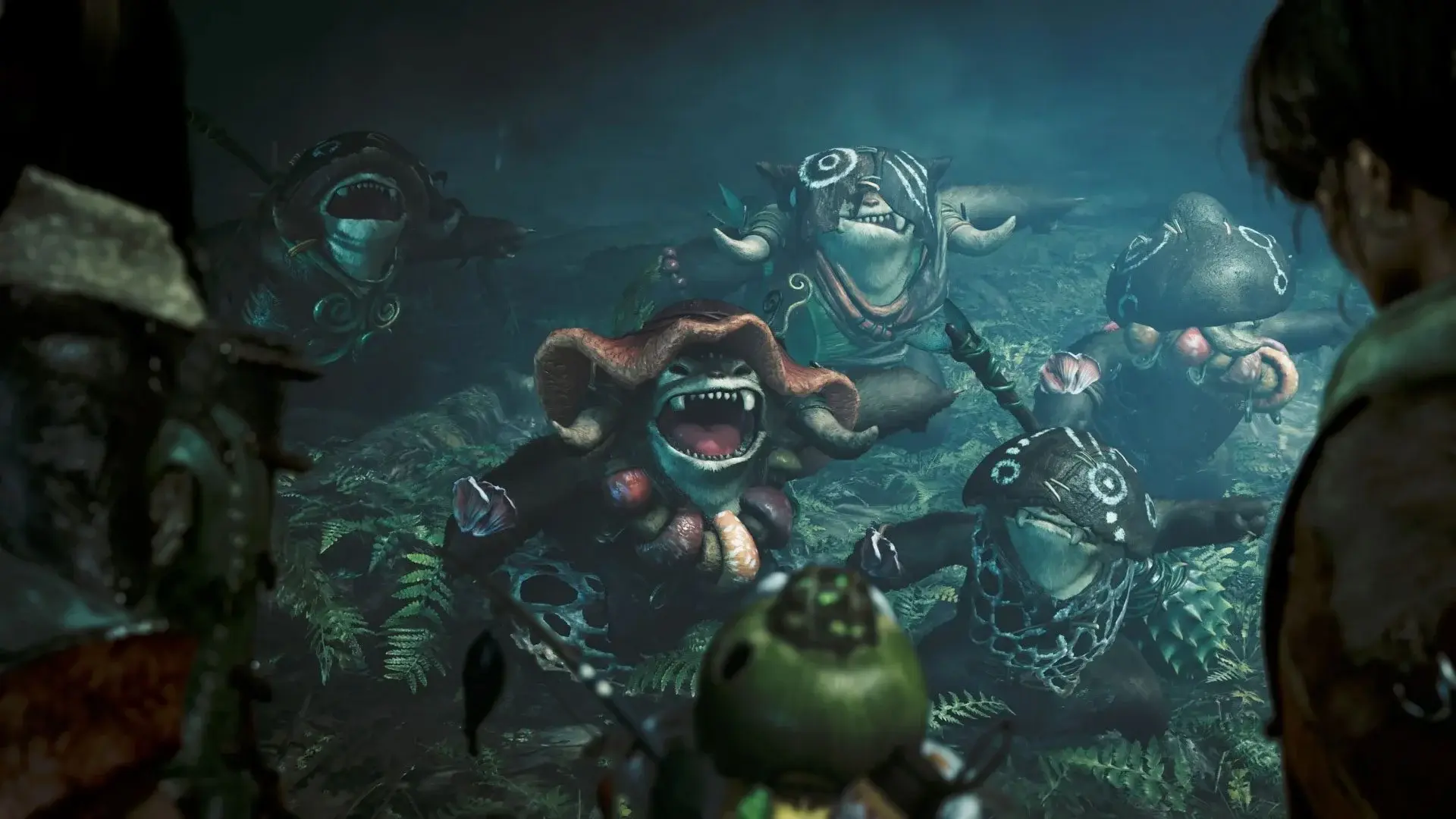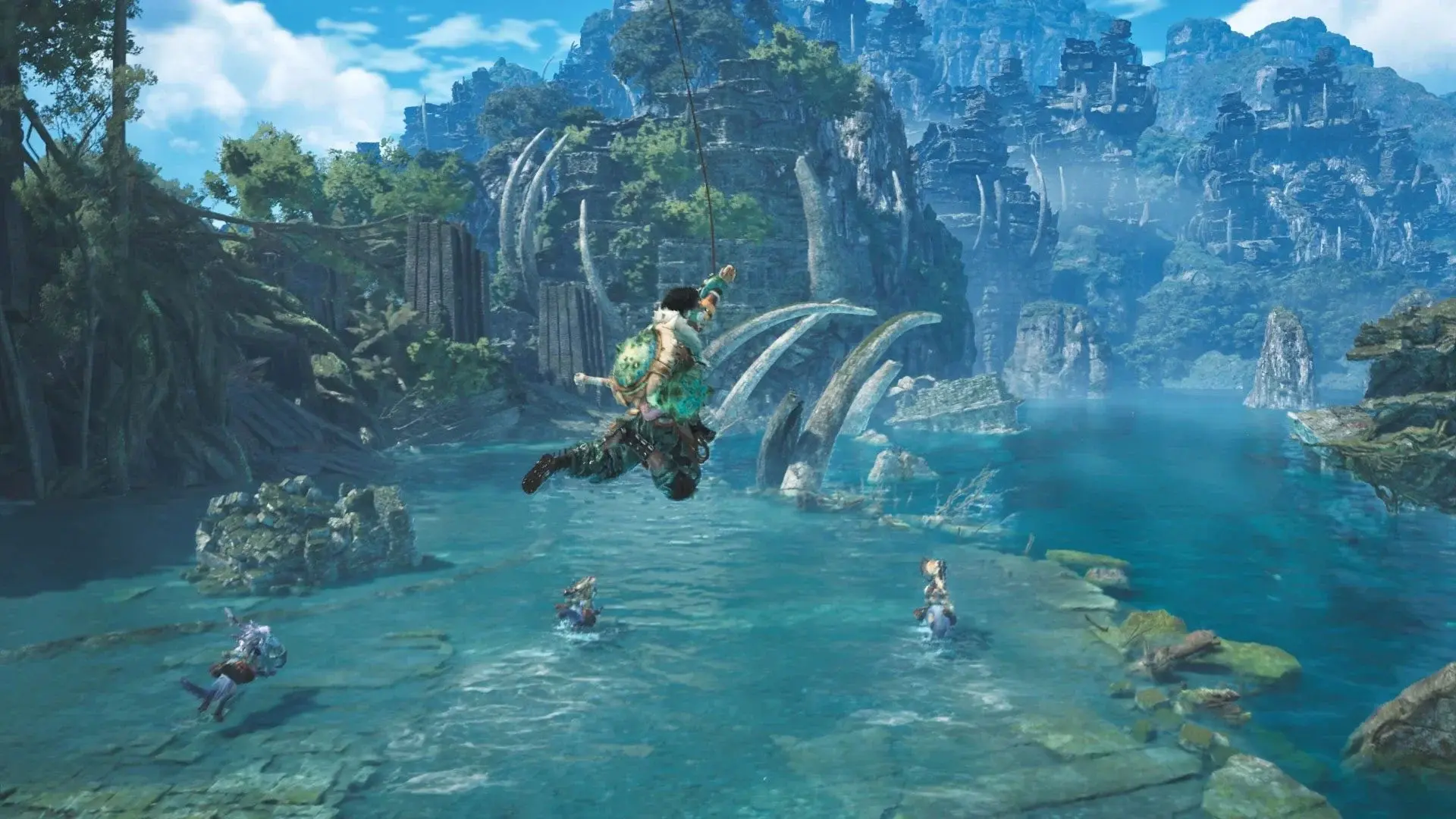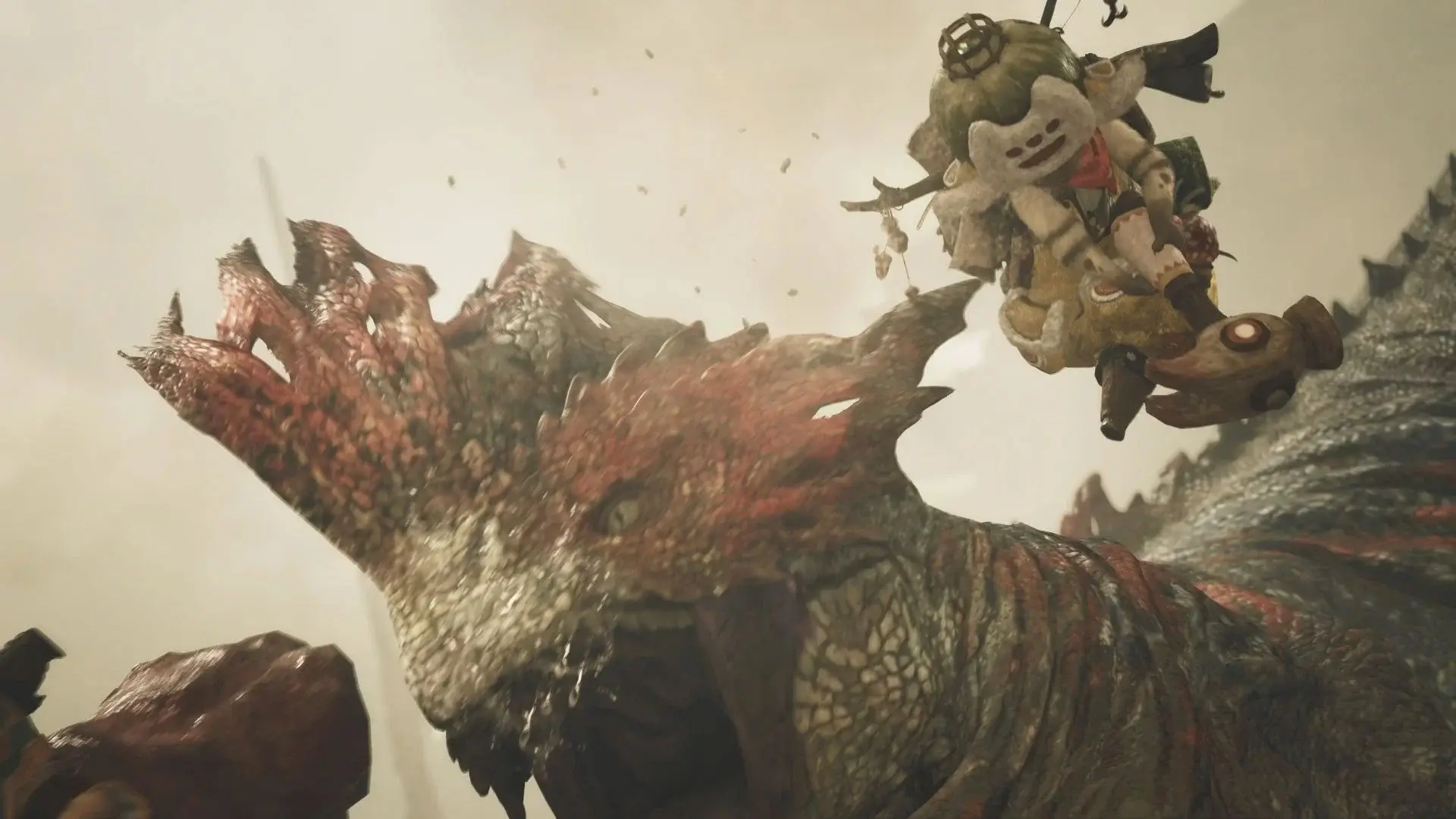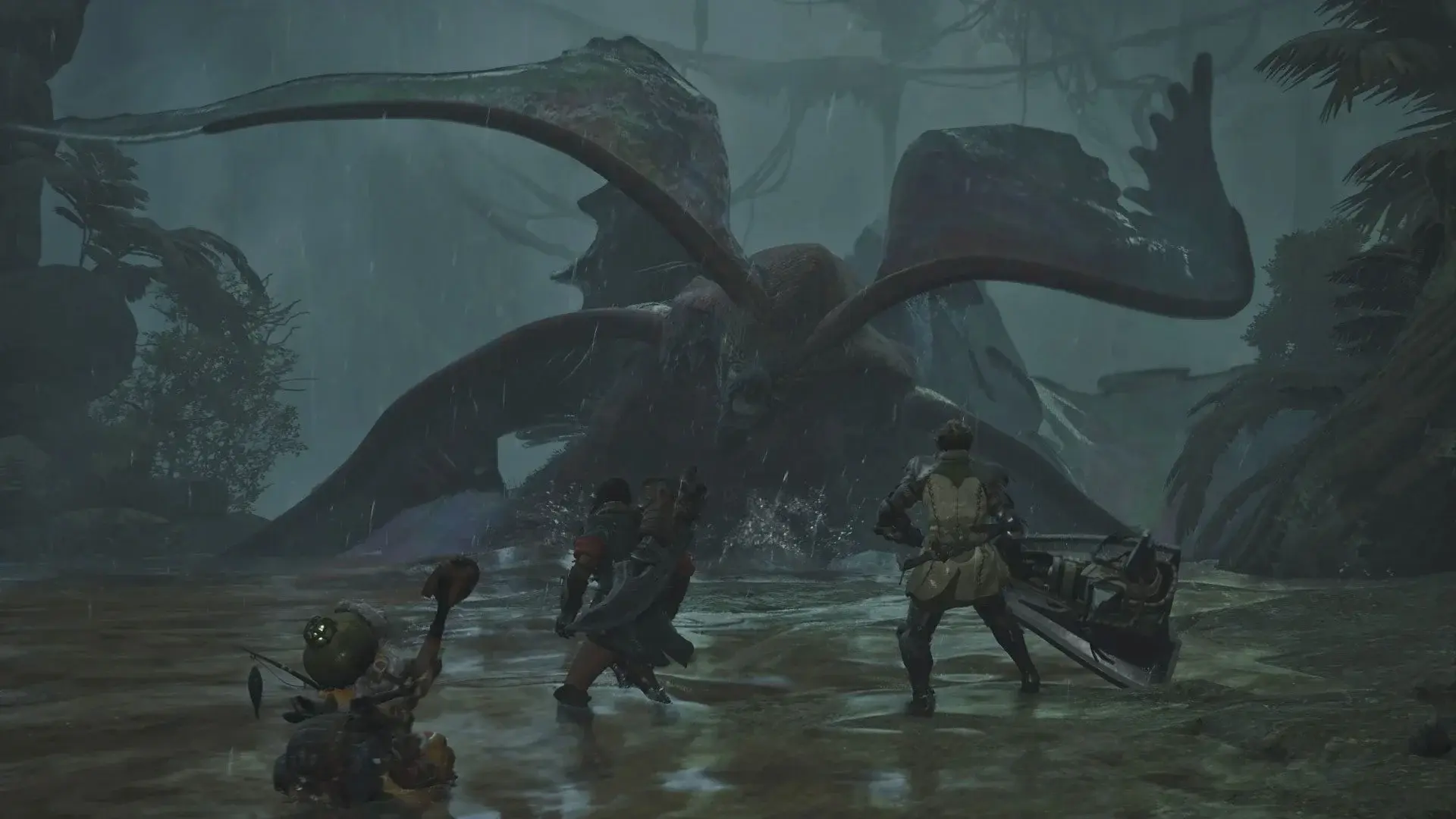Welcoming the next generation to the Wilds.
It feels like forever ago that this humble games reviewer first fired up Monster Hunter World, wrote a few thousand words (largely of praise) and then got screamed at by a very vocal niche of the gaming community.
Six years and many, many hours of Monster Hunter later it almost feels like the completion of a journey as I sat down across from Ryozo Tsujimoto, franchise series producer, to talk about its next instalment: Monster Hunter Wilds.
(The following interview was conducted through a translator.)
Hamish Lindsay, Stevivor: It seems like with each new instalment, Monster Hunter is becoming more and more approachable to new players, is that an intentional choice, to cater more to them and help them?
Ryozo Tsujimoto, Monster Hunter Series Producer: So we always have the existing players in mind. However, when we think about the new players, we want them to be able to play and have fun in a smooth direction without having any difficulties.
We also did a lot of research, before making Wilds, we always took in the voices of the players from the previous titles. We heard their feedback.
And so one of the things to support Hunters — say, for example in this franchise there’s 14 weapons — the fact that you have a new hunter and you say here, pick one. A lot of them will just think, well, which one? And also, even if they choose one, they might use it and they might think, oh, hang on, this is very different from what we know of, or different from what I was thinking of.
So, you know, we actually ask questions and say, ‘well what type of things do you like?’ And we ask the series of questions in order to lead them into a flowchart of which weapon suits you. We present that as a device to the new players. We put in a lot of care for the novice players.
Stevivor: There’s a much bigger focus on story this time around. Why is there more focus on that for Wilds rather than just hunting big monsters?
Tsujimoto: So it’s not like we’ve always put only hunting in as the focus. In Wilds, we wanted to work on the players being more immersed in the game. So if we wanted to have the players to be more immersed in the game, they will have to be more immersed in the story. We’re doing our best to try to make it very seamless with the hunting side of it. And especially now with the better technology, and we have better ways to utilise it, we wanted to bring you a better overall experience in Monster Hunter.
I just wanted to make it very… be very clear on it. You can still casually play any quest, lots of them, we still have free, non-story quests that are available. It’s not as if we’re trying to get rid of them — they’re available. Obviously after you clear the story you’re going to have much more freedom and you’re going to have a much better hunting life, so to speak, but it’s not like as if we’re just trying to have a very straight and streamlined. You’re always able to play different quests.
Stevivor: Historically Monster Hunter used to be many smaller areas, and you would follow the monster around more from place to place. Has the newer generations of consoles and now PC changed how you design the game? Enabled you to do bigger and cooler things when fighting the monsters?
Tsujimoto: As you may have experienced in the past titles, the areas were smaller and you had a loading period between the different maps. But that was because we had a big restriction with technology, and especially the spec of the hardware. Nowadays, because now it’s the modern game industry and a lot of people say ‘oh, it should be like this’ — we have a bigger idea of having to make everything seamless. So what we’re trying to do is we’re trying to change the way that the players are able to play these games.
One of the big things that has changed, in terms of what can we do now, is the fact that we have a lot more nonstop action and we actually put a big emphasis on how to make sure that this happens
In the older titles, we actually had an idea… because obviously there are all the different areas. If the monster’s in one area, and if you escape that area, you’re gonna be in absolute safety. So we had this idea that if you want to, for example, heal in battle, we’d put these extra motions to make it extra risky. We’d say ‘oh well you do have the option of moving out of the area to perform this action, but if you’re going to do it mid-battle you’re going to be facing extra risk,’ you might get attacked as you try to heal.
I think one of the big things that changed a lot is that because everything’s seamless, when you’re drinking potions or similar you’re not going to have these big… how to say, big stop motion… you’re not going to have big animations, it is a lot more continuous action instead. That’s why we put an emphasis on trying to have more action that’s going non-stop.
Stevivor: Speaking of changes, there’s some big gameplay changes coming in Wilds, such as having two weapons. Does that affect the way you design monsters or the way that you design their encounters?
Tsujimoto: So one of the big thing that we’re having in mind is the theme. We have a big theme of the game being a lot more seamless. When you go on a hunt, a lot of players will think, okay, I’m going to hunt this one target so we want to bring this one weapon.
What we wanted to think of is that because you have two weapons, if a different situation has arisen, when you’re going to have a different… monster. Maybe it might be better to hunt that monster instead and I have the proper weapon or I might have the appropriate armour with the elemental advantage. We wanted to make sure the players have the choice of okay one to hunt, when to hunt etc. So by having two weapons it’s probably going to diversify these options more.
Stevivor: What do you think it is about the Monster Hunter monsters that make them so… iconic and beloved?
Tsujimoto: So if we break it down simply, we think about well, what makes it iconic? So we think about, although it’s fictional, we think okay, why is this monster here? What kind of environment is it in? How do they live? Which influences what kind of attacks they do, how do they behave? That’s how we make the monsters.
I believe that people feel that these monsters are unique and iconic is because, although it’s fantasy, we try to put a lot of emphasis on reality in this world. How they fit. I think that’s the reason why they feel very iconic.
Stevivor: What’s your favourite monster in the whole series?
Tsujimoto: My favourite monster is Lao Shan Long — that’s the Japanese name. You know the big monster in the first game? You know the long one where you fight it in multiple areas? That one.
This monster has a little bit of a special place in my mind, because it’s the monster obviously from the first game, but also because it’s not just big, the quest itself is very special. It’s not just you go attack and you hunt, you have a particular objective. It’s not just you hunting. You have to do… these things in order to make sure that the quest is successful which is the reason why I’ll say it is probably my favourite.
Thank you to Tsujimoto-san and his translator for their time.
Expect Monster Hunter Wilds from 28 February 2025 on Windows PC via Steam, Xbox Series S, Xbox Series X, and PS5.
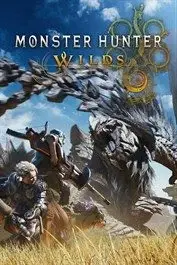 |
Monster Hunter Wilds28 February 2025PC PS5 Xbox Series S & X
|
This article may contain affiliate links, meaning we could earn a small commission if you click-through and make a purchase. Stevivor is an independent outlet and our journalism is in no way influenced by any advertiser or commercial initiative.

